People and Organizations
(Follow links to list below)
Afterlife Forums
Anabela Cardoso (ITC Journal)
Big Circle
Builders of the Adytum (B.O.T.A.)
Craig Weiler (Author, Paranormalist Educator)
Christine Morgan (Mental Medium and Spiritualist Educator)
Eternia
Forever Family Foundation
Institute of Noetic Sciences (IONS)
Journal of Exceptional Experiences and Psychology (JEEP)
Kai Mügge (Felix Circle)
Man and the Unknown
Monroe Institute
New Science
Open Science
Paranormal Societies
Parapsychological Association (PA)
Phyllis Delduque (ITC Researcher)
Rachel Browning
Rhine Research Center
Rupert Sheldrake (Scientist, Morphic Resonance)
Saturday Night Press Publications (SNPP)
Skeptical About Skeptics
Society for Psychical Research (SPR)
Society for Scientific Exploration (SSE)
Stewart Alexander (Physical Medium)
Suely Pinheiro TCI (ITC Researcher)
Windbridge Research Center
Afterlife Forums
afterlifeforums.com
From the website: We are a resource for people who are curious about death and those who have been affected by it. We collect articles from across the web that may be of interest to you, we post original articles by experts, and we link to articles in related fields and let you know why they are important. Our discussion forums are a place where you can ask questions and share your experiences. You will find here a community of sympathetic friends and experts in death-related fields who are eager to help you. Enjoy!
Anabela Cardoso
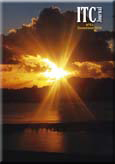
itcjournal.org
ITC Journal – ITC Journal Investigation of Instrumental Transcommunication Phenomena.
Big Circle
Messages From The Big Circle
https://messagesfromthebigcircle.org/
Welcome to Eternity, Messages from the Big Circle and Beyond
https://welcometoeternity.com/
Builders of the Adytum (B.O.T.A.)
botaineurope.org
From the website: The initials B.O.T.A. stand for Builders of the Adytum, which is a fraternal traditional
association founded by Paul Foster Case, followed and extended by Ann Davies.
Builders of the Adytum offers graded lessons based on the mystical teachings and practices of the Holy Qabalah and the Sacred Tarot.
B.O.T.A. is an international, non-profit, teaching and training Order, whose headquarters have been in Los Angeles for the past 60 years.
See also: bota.org
Craig Weiler
The Weiler Psi
Examining Psychic Ability: The People, The Theory, The Science, The Skeptics
[Editor: Also includes news and comment about what is important to our community.]
The Weiler Psi is intended as a resource for people who are psychic but don’t necessarily do it professionally. I am interested not in the talent itself, but in the people who have it. How does it affect us? How can we feel good about ourselves?
Christine Morgan
christinemorgan.com.au
From the website: Christine is one of Australia’s foremost Spiritual Mediums and teachers of the Spiritual Arts, based in Sydney Australia.
Her natural mediumistic ability stems from a long line of natural intuitive and heritage of mediumship which has been honed through classical training.
Christine has worked for 20 years in the field of Spiritual Mediumship and the Intuitive Arts, throughout Australia as well as internationally, including the USA, Canada, Europe and England.
Eternia
eternea.org
From the website: The mission of Eternea is to support and engage in scientific research, public education and practical programmatic initiatives to further awareness and acceptance of the fact that eternal existence in some form or manner is a fundamental reality for all living things as an inherent quality of nature
Forever Family Foundation
www.foreverfamilyfoundation.org
The Mission Statement is to:
- To establish the existence of the continuity of the family, even though a member has left the physical world
- To stimulate thought among the curious, those questioning their relationship to the universe, and people who are looking for explanations of certain phenomena
- To financially support the continued research into survival of consciousness and Afterlife Science
- To provide a forum where individuals and families who have suffered the loss of a loved one can turn for support, information, and hope through state-of-the-art information and services provided by ongoing research into the survival of consciousness and Afterlife Science.
Institute of Noetic Sciences (IONS)
noetic.org
IONS’ mission is supporting individual and collective transformation through consciousness research, educational outreach, and engaging a global learning community in the realization of our human potential. “Noetic” comes from the Greek word nous, which means “intuitive mind” or “inner knowing.” IONS conducts, sponsors, and collaborates on leading-edge research into the potentials and powers of consciousness, exploring phenomena that do not necessarily fit conventional scientific models while maintaining a commitment to scientific rigor.
Journal of Exceptional Experiences and Psychology (JEEP)
exceptionalpsychology.org/
From the website: The Journal of Exceptional Experiences and Psychology (JEEP) is an online, international, open access journal dedicated to the exploration and advancement of studying exceptional experiences (ExE), aka, subjective anomalous experiences.
Kai Mügge (Felix Circle)
kaimuegge.de/ and felixcircle.blogspot.com/
Man and the Unknown
wichm.home.xs4all.nl
From the website: The object of these pages is a call for understanding of some little known spiritual and cultural aspects of life. By widening our horizon respect may grow for the multitude of facets of truth. The wider our frame of reference the more we may see that clinging to a one-sided point of view will lead to fundamentalism and extremism, be it in religious belief or atheist skepticism.
The subjects range from paranormal voices (with sound clips), Javanese mysticism, parapsychology to modern Dutch art. But foremost these original introductions deal with intriguing mysteries and the inner life of man. Please click on the various headings for full information.
Reference Direct Voice: www.xs4all.nl/~wichm/dirvoic3.html
The Monroe Institute
monroeinstitute.org
From the website: The Monroe Institute® provides experiential education programs facilitating the personal exploration of human consciousness. Over the last 30+ years, thousands have attended the Institute’s residential & outreach programs. Millions have benefited from our educational materials. We serve as the core of a Research Affiliation investigating the evolution of human consciousness and making related information available to the public.
See also: The Monroe Way
New Science
dandrasin.com/
Videographer Dan Drasin asks the questions:
- Can the material/ mechanist model of reality stand up to modern scrutiny?
- Has skepticism abdicated its proper role within science and become an ideological end in itself?
See a rough-cut version of his ITC video here.
Open Science
opensciences.org
From the website: The purpose of this website is to act as a portal for open-minded scientific investigations that go beyond the dogmas that dominate so much of science today. The main areas covered include consciousness studies, alternative energy sources, integrative medicine and healing, post-materialist approaches to science and new aspects of cosmology, physics, chemistry and biology. The website includes selected videos, books, publications, journals, and links to the websites of open-minded scientific researchers and organisations. This website also hosts blogs on open questions in science.
Paranormal Societies
paranormalsocieties.com
ParanormalSocieties.com was founded with the intent of creating a comprehensive directory of America’s Paranormal Societies. As someone who has had experiences that can only be attributed to the paranormal, I believe it is important that those in need of assistance be able to find someone in their area quickly. Paranormal Societies are largely non-profit, labor-of-love endeavors, and accordingly do not have budgets for advertising or yellow pages listings.
Parapsychological Association (PA)
parapsych.org
Established in 1957, the Parapsychological Association, Inc. (PA) is the international professional organization of scientists and scholars engaged in the study of ‘psi’ (or ‘psychic’) experiences, such as telepathy, clairvoyance, remote viewing, psychokinesis, psychic healing, and precognition.
YouTube channel at youtube.com/c/ParapsychOrg1957
Rachel Browning
“Rachel Browning’s YouTube channel, EVP Voices, has one of the most extraordinary EVP collections I’ve heard in decades of following the phenomenon. (Her website is evp-voices.info ) She collects her EVPs from palaces and castles in the UK.” Brett Butler
Rhine Research Center
rhine.org
From the website: The Rhine Research Center is a hub for research and education on the basic nature of consciousness.
The Center presents a wide range of educational offerings in which we attempt to draw together and present the most interesting and challenging current ideas on the nature and enhancement of consciousness. We present conferences, teach classes and offer workshops, lectures, study groups, and other events. Some of these activities are face-to-face in our Durham NC headquarters, and some are web-based.
Rupert Sheldrake
sheldrake.org
From the website: Rupert Sheldrake, one of the world’s most innovative biologists and writers, is best known for his theory of morphic fields and morphic resonance, which leads to a vision of a living, developing universe with its own inherent memory.
An excellent place to begin learning about Sheldrake’s concepts is by reading his Glossary.
Phyllis Delduque
transcomunicacaotci.yolasite.com
Saturday Night Press Publications (SNPP)
snppbooks.com
A friend to all things spiritual. From the website: Saturday Night Press Publications (SNPP) publishes Spiritual/Spiritualist books under what has been termed “vanity publishing”, in that books which “mainstream” publishers will not accept, largely because they cannot make enough money on them, can be put before the public to spread knowledge and awareness of what is possible when we care enough.
Skeptical About Skeptics
skepticalaboutskeptics.org/
From the website: Skeptical About Skeptics is dedicated to countering dogmatic, ill-informed attacks leveled by self-styled skeptics on pioneering scientific research, researchers, and their subjects.
Healthy skepticism is an important part of science, and indeed of common sense. But dogmatic skepticism uses skepticism as a weapon to defend an ideology or belief system and inhibits the spirit of inquiry.
Society for Psychical Research (SPR)
spr.ac.uk
Founded in 1882, The SPR was the first society to conduct organized scholarly research into human experiences that challenge contemporary scientific models.
Also, see Psi Encyclopedia
Society for Scientific Exploration (SSE)
scientificexploration.org
Founded in 1982, The Society for Scientific Exploration (SSE)is a professional organization of scientists and scholars who study unusual and unexplained phenomena. Subjects often cross mainstream boundaries, such as consciousness, unidentified aerial phenomena, and alternative medicine, yet often have profound implications for human knowledge and technology.
Stewart Alexander
stewartalexandermedium.com/
“Hello and a very warm welcome to my website where I hope that many friends, both old and new, will enjoy learning about my experiences of Trance and Physical Mediumship for a long time to come. I also hope that you will enjoy the additional content available within the pages. Through this online presence, my goal is to encourage the formation and development of more home circles out of which new generations of trance and physical mediums may emerge and demonstrate the wondrous reality of survival of the human soul beyond death and tangible communication between the two worlds.”
My best wishes to you all – Stewart Alexander
TCI Suely Pinheiro
Blog. Instrumental Transcommunication Researcher since 2000, TCI Brazil Network Coordinator, Actress, Author and Member of the ComCiência Project,
Windbridge Research Center
windbridge.org
From the website:
Our Mission
The Windbridge Research Center is an Arizona nonprofit corporation with IRS 501(c)(3) status whose mission is to ease suffering around dying, death, and what comes next by performing rigorous scientific research and sharing the results and other customized content with practitioners, clinicians, scientists, and the general public.
Currently, our research is mainly focusing on people who report experiencing regular communication with the deceased (mediums) and those who receive mediumship readings (sitters).

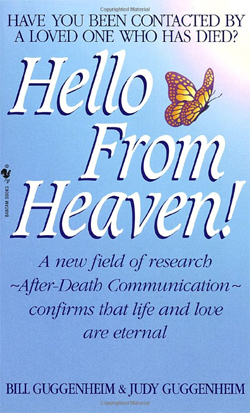

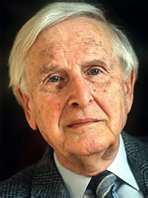
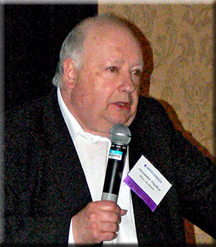
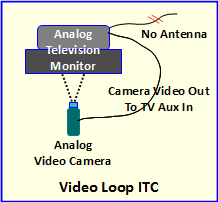
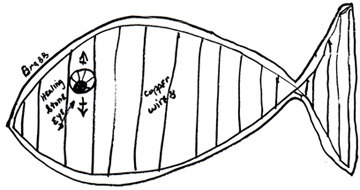

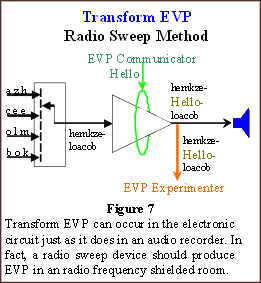
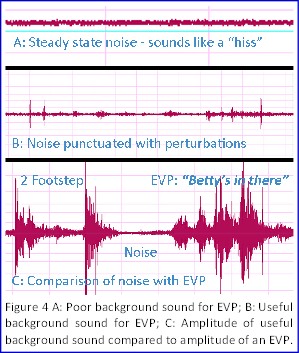
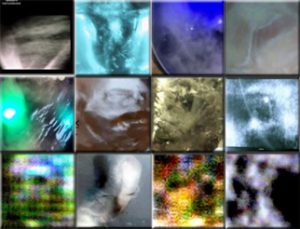
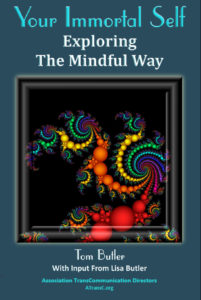
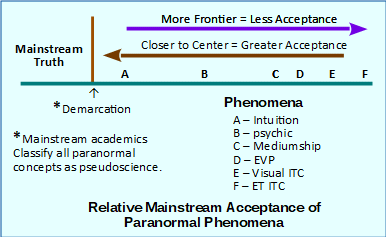
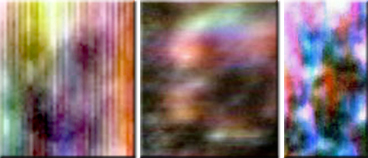
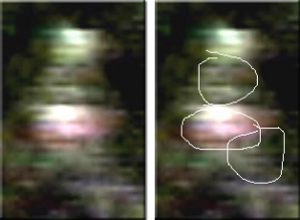
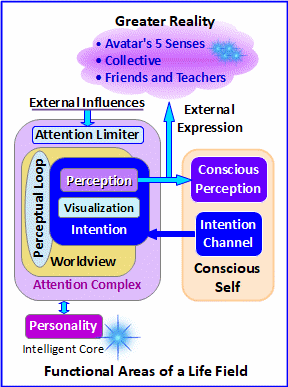
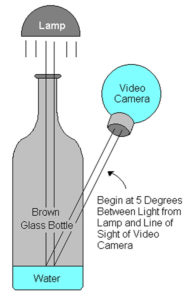


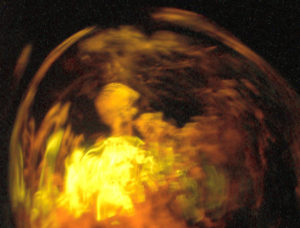
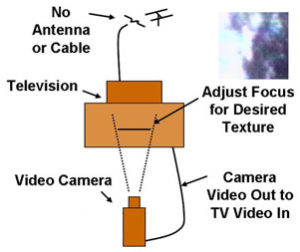
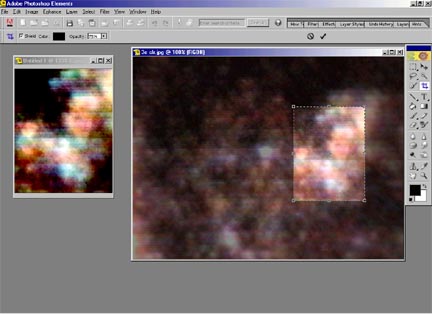
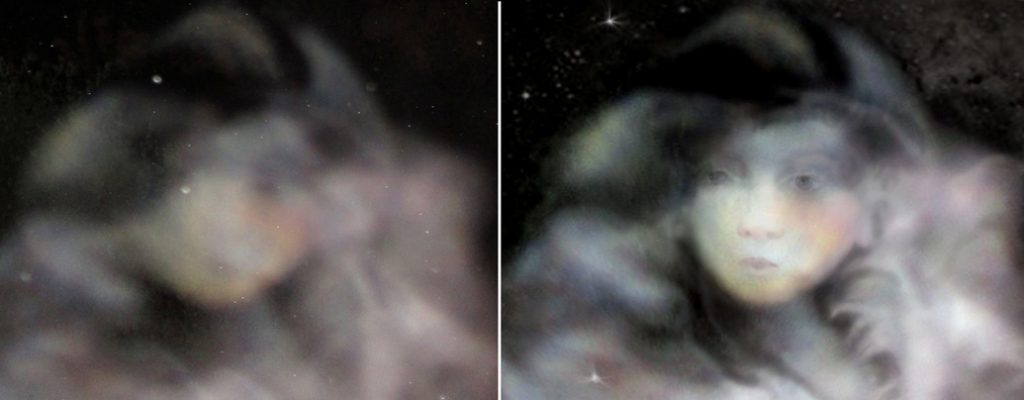
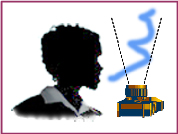


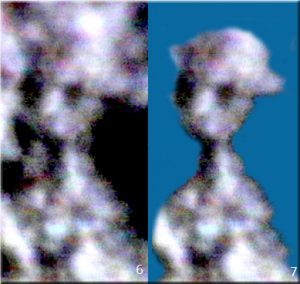
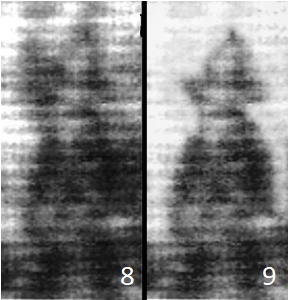
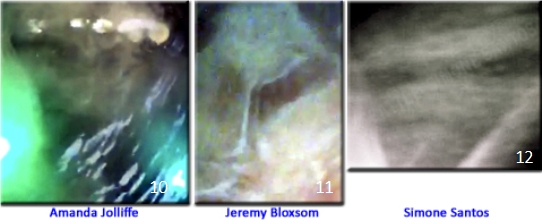
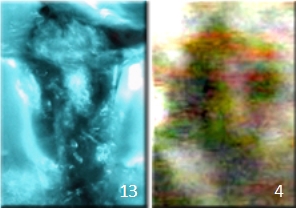
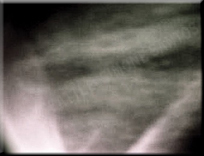
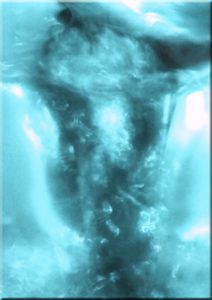
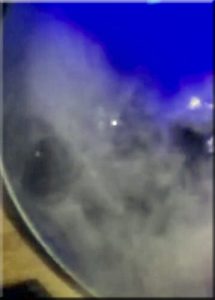
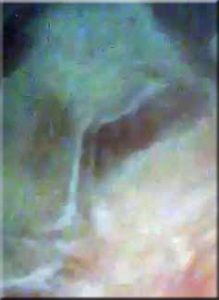
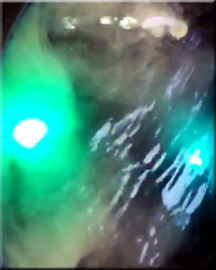

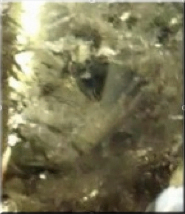
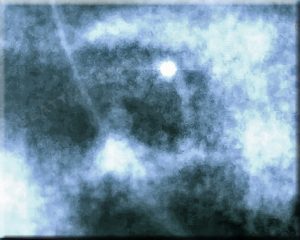
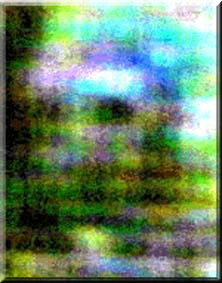
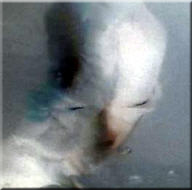
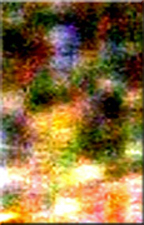
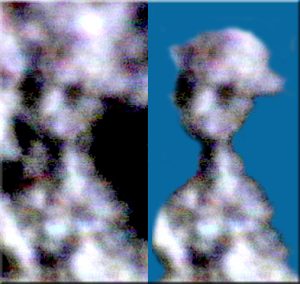
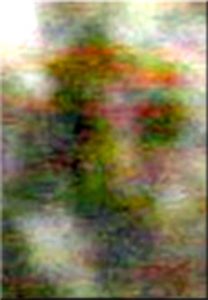
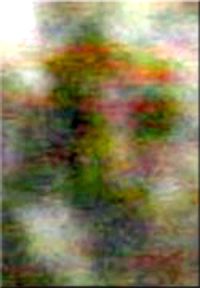
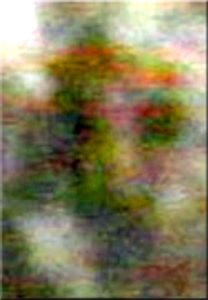
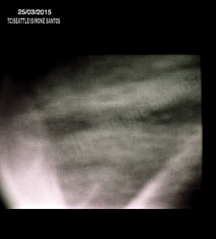
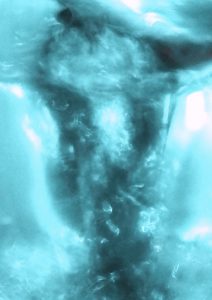

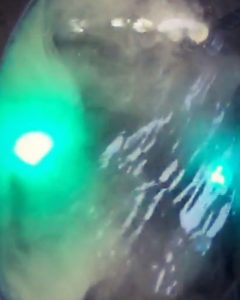
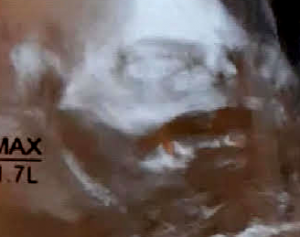
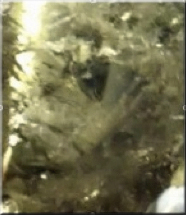
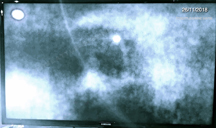

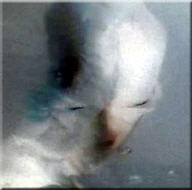
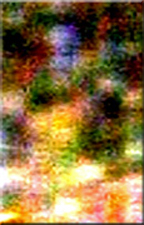
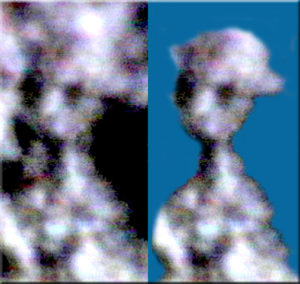
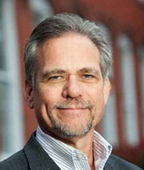 With a Ph. D. in social psychology, Dr. Leary is a research psychologist who studies topics related to self-awareness, motivation, and emotion. He has conducted research on topics such as reactions to social rejection, the effects of excessive self-attention, people’s concerns with their social images, and the relationship between personality and behavior. He is on the editorial boards of several scientific journals in social psychology and recently released a psychology course on DVD entitled “Understanding the Mysteries of Human Behavior.”
With a Ph. D. in social psychology, Dr. Leary is a research psychologist who studies topics related to self-awareness, motivation, and emotion. He has conducted research on topics such as reactions to social rejection, the effects of excessive self-attention, people’s concerns with their social images, and the relationship between personality and behavior. He is on the editorial boards of several scientific journals in social psychology and recently released a psychology course on DVD entitled “Understanding the Mysteries of Human Behavior.”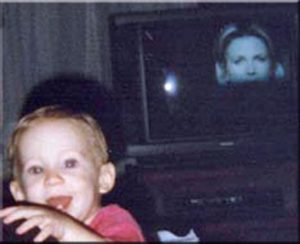
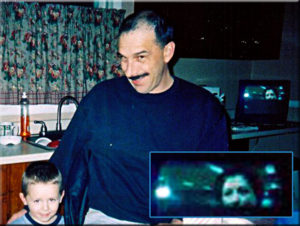

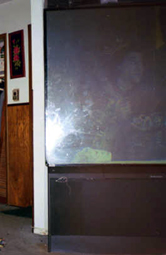
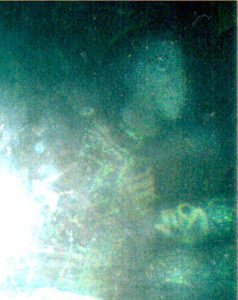
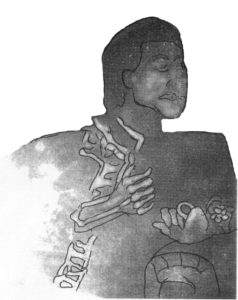

 In effect, this is a worldwide group recording session. It is our belief that the combine intention to contact loved ones on this day produces more energy for communication than what can be managed individually. Even if we are not all recording at the same moment, we are all turning our attention to the same objective during the same day. This attention helps gather the energy necessary for communication, and that helps all of us. Remember, our time and distance are irrelevant to our etheric loved ones in the etheric.
In effect, this is a worldwide group recording session. It is our belief that the combine intention to contact loved ones on this day produces more energy for communication than what can be managed individually. Even if we are not all recording at the same moment, we are all turning our attention to the same objective during the same day. This attention helps gather the energy necessary for communication, and that helps all of us. Remember, our time and distance are irrelevant to our etheric loved ones in the etheric.

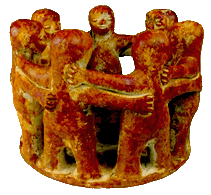


 This is a study to determine whether or not images recorded in optical-frequency noise can be consistently described. The video-feedback technique was used for all of these examples. As is shown in the diagram, a video camera is pointed at a television screen and the output of the camera is connected to the input of the television so that the camera “sees” what it has just recorded. The camera is usually focused slightly beyond the screen to produce a soft focus image. The zoom, focus and camera presets are adjusted until a “rolling” effect is achieved on the display not unlike the special effect of “warp drive” in the movies.
This is a study to determine whether or not images recorded in optical-frequency noise can be consistently described. The video-feedback technique was used for all of these examples. As is shown in the diagram, a video camera is pointed at a television screen and the output of the camera is connected to the input of the television so that the camera “sees” what it has just recorded. The camera is usually focused slightly beyond the screen to produce a soft focus image. The zoom, focus and camera presets are adjusted until a “rolling” effect is achieved on the display not unlike the special effect of “warp drive” in the movies.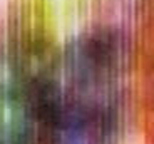 Unaltered clip from video frame
Unaltered clip from video frame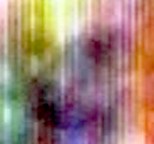 Increased contrast
Increased contrast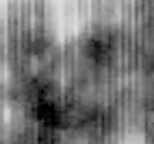 Increased contrast and grayscale
Increased contrast and grayscale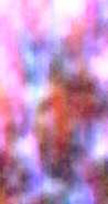 Unaltered clip from video frame
Unaltered clip from video frame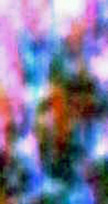 Increased contrast
Increased contrast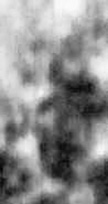 Increased contrast and grayscale
Increased contrast and grayscale Unaltered clip from video frame
Unaltered clip from video frame Increased contrast
Increased contrast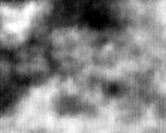 Increased contrast and grayscale
Increased contrast and grayscale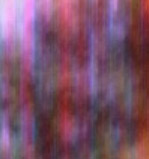 Unaltered clip from video frame
Unaltered clip from video frame Increased contrast
Increased contrast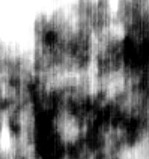 Increased contrast and grayscale
Increased contrast and grayscale Unaltered clip from video frame
Unaltered clip from video frame Increased contrast
Increased contrast Increased contrast and grayscale
Increased contrast and grayscale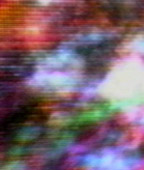 Unaltered clip from video frame
Unaltered clip from video frame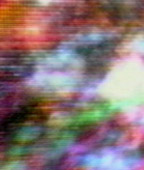 Increased contrast
Increased contrast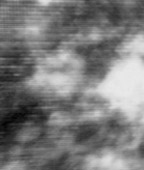 Increased contrast and grayscale
Increased contrast and grayscale Unaltered clip from video frame
Unaltered clip from video frame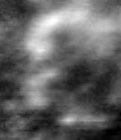 Increased contrast and grayscale
Increased contrast and grayscale